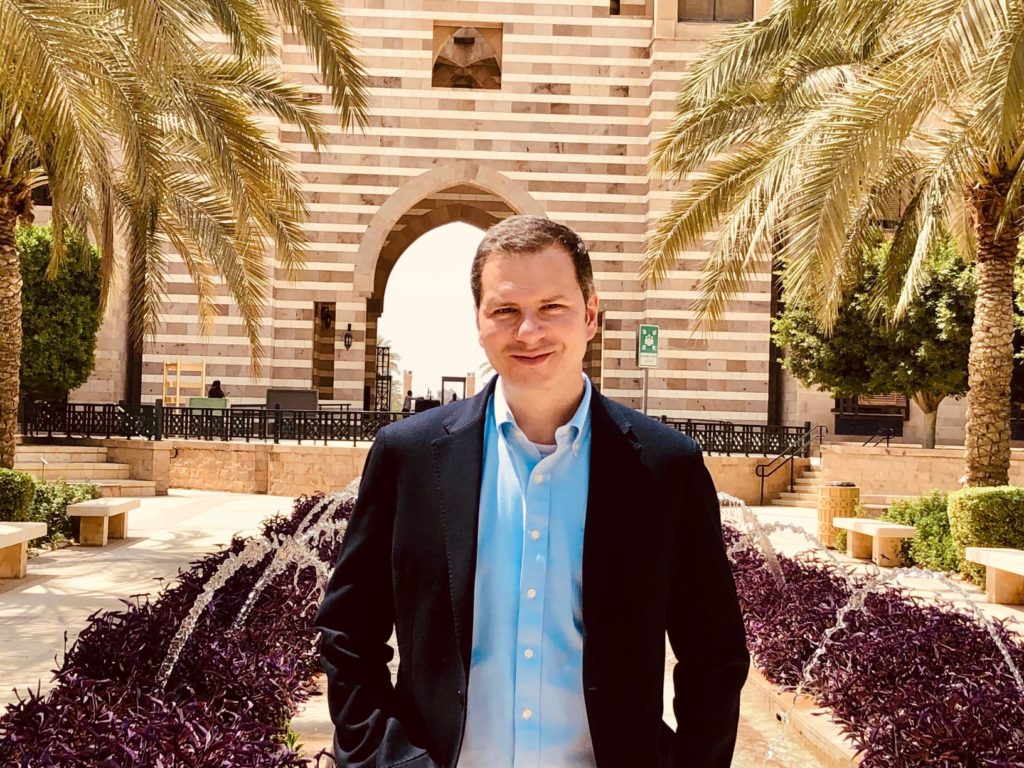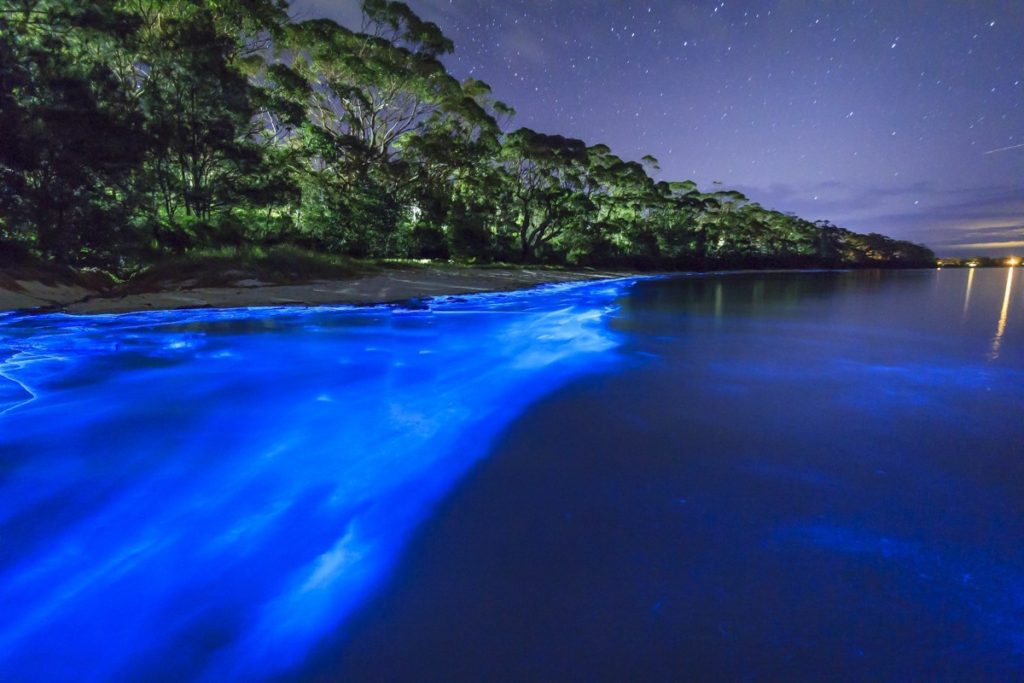Every biology textbook on the subject of cell biology describes the mitochondrion as the powerhouse of the cell with unique genetic material of its own termed ‘mitochondrial DNA’. It is an essential feature in all eukaryotic or developed forms of life, or so we thought.
An international team of scientists from France, Germany, Canada, the United Kingdom, Czech Republic, and Egypt led by Uwe John, a biologist at the Alfred Wegener Institute, Helmholtz Centre for Polar and Marine Research (AWI), has discovered that the single-celled parasite dinoflagellate, which has a mitochondria, just like us humans, however, lacks the definitive mitochondrial DNA.

Dr Ahmed Mostafa, an associate professor at the Department of Biology at the American University in Cairo, who happened to be a part of the paper published in the Science Advance journal, had this to say:
“We hope that our findings will help us understand the evolution of dinoflagellates and their relatives. This would also be interesting because the latter include other parasites and the pathogens that cause diseases like malaria.”
He went on: “Our work can also have a medical impact in relation to mitochondrial-related diseases. In our cells, there is DNA in the nucleus and in the mitochondria. In the nucleus, DNA is more protected and even if damage happens, there is a machinery that repairs damaged DNA. On the other hand, in the mitochondria, there is no so such repair mechanism and therefore, the accumulation of unrepaired mutations in the mitochondrial DNA leads to diseases, including but not limited to neurodegenerative diseases, cardiomyopathy, cancer, and aging-related disorders. Our findings unlock the possibility of considering moving the mitochondrial DNA to the nucleus to establish mitochondria without DNA as a potential therapeutic solution for mitochondrial-related diseases.”
Furthermore, the discovery offers a space for new theories about the evolution of mitochondria to cultivate.

The family of organisms called dinoflagellates belongs to the genus Alexandrium, named after Alexandria, Egypt, where it was first discovered in the 1960s. Dinoflagellates make up a major portion of the plankton found in oceans and have a broad range of lifestyles. Half of them use photosynthesis to produce energy, while the others are predators or parasites.



